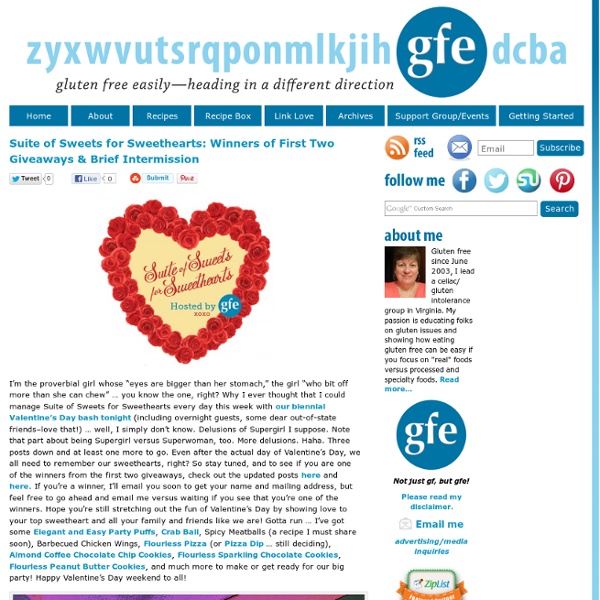



Spring Flower Lollipops Too nice Happy first day of spring! To celebrate I've made a special treat for you with colorful spring flowers. I've been enamored with edible flowers ever since making candied rose petals earlier this year. By doing a little research (that includes taste-testing) I've found that just because a flower is non-poisonous, doesn't mean it is also yummy. That's why I'm sharing my list of favorite edible flowers. They are all fairly well-known (easy to find) and add a certain something when used sparingly in dessert. Basil ChamomileHibiscus (you can also find these at specialty markets -or online -packed in syrup!) I made these without the use of a lollipop mold, and if you make these - do yourself a favor and buy an inexpensive round lollipop mold. Edit 3/28/12: Check out this cute version using decorative quins (sprinkles) by Karen at Trilogy Edibles! Spring Flower Lollipops 2 cups sugar 2/3 cup corn syrup 2/3 cup water 1 dram bottle candy flavoring oil (such as LorAnn, I used Blackberry)
Problem Solving Teaching Ideas Understanding Word Problems - Use your comprehension time to discuss strategies for understanding word problems! Teaching Problems - Some advice and tips for teaching problem solving to children. Bingo Investigation - Maths investigation based around a short play (scripts and information is included). Nim! An interactive version of the popular puzzle game. Contributed by Planet Primary. Magic Squares - Can you children complete these magic squares? <A HREF=" More Resources: Living the Culinary Life, Every Day Cheese Burger Pasties are hand-held pies that are made from a round of pastry (alas – not usually gluten free), filled with an un-cooked filling (usually meat), folded over (like a turnover or empanada) and baked. They are the national food of Cornwall and were made famous by Cornish coal miners who would carry them to work in tin buckets and eat them for lunch. The traditional pasty is filled with beef, potatoes, onions, swede (which is apparently a type of rutabaga – my husband’s least favorite food EVER) but turnips (maybe his second least favorite food) can be used, salt and pepper. Since the probability of getting my husband to eat anything with a rutabaga or turnip in it is about as high as me being crowned the Queen of England, I decided to make a very American version – Cheeseburger Pasties. The filling is simple, beef stew meat (chuck, rump, whatever is on sale) cut into small pieces, diced onion, salt and pepper. Ingredients Directions Preheat oven to 350 degrees. Servings Ready for dessert?
XtraMath Celiac Teen Recipes baking and cooking Math Games - from Mangahigh.com Gluten-Free Flatbread — A Gluten-Free Day I decided to make some flatbread for this months Go Ahead Honey its Gluten Free event hosted by Naomi at Straight Into Bed Cakefree and Dried . The theme is breakfast food this month and since I eat this bread almost every morning I decided to make a post about it. Eating flatbread is actually more familiar to me than eating some regular bread; all of my mothers family is from Lapland and there people traditionally eat flatbread made from different kind of flours. Some of my most vivid and earliest memories are from Saturday mornings back at my grandparent’s house in Lapland. I still associate warm flatbread with my grandmother, happiness, Lapland and of course great food; so it’s no wonder that I like to eat my gluten-free flatbread as often as possible. The flatbread I make these days is far from the one my grandmother made; mine is made with quinoa flour, not with barley and wheat flour and not baked in a stone oven. Gluten free flatbread - 1 cup (2,4 dl) quinoa flour -1/2 -1 tsp salt
When Chocolate was Medicine Chocolate has not always been the common confectionary we experience today. When it first arrived from the Americas into Europe in the 17th century it was a rare and mysterious substance, thought more of as a drug than as a food. Christine Jones traces the history and literature of its reception. In the seventeenth century, Europeans who had not traveled overseas tasted coffee, hot chocolate, and tea for the very first time. For this brand new clientele, the brews of foreign beans and leaves carried within them the wonder and danger of far-away lands. They were classified at first not as food, but as drugs — pleasant-tasting, with recommended dosages prescribed by pharmacists and physicians, and dangerous when self-administered. These mischievously potent drugs were met with widespread curiosity and concern. “Humoralism,” a theory of health and illness inherited from Hippocrates and Galen was still influential in 1630. The vertues thereof are no lesse various, then Admirable. 1. 2. 3.